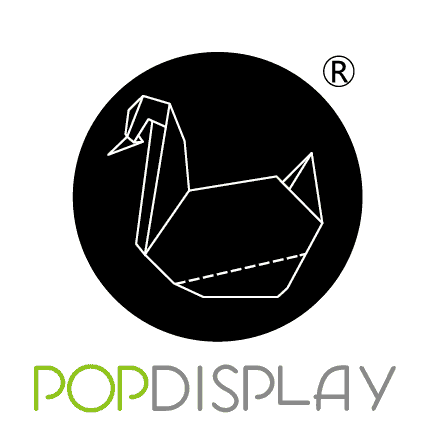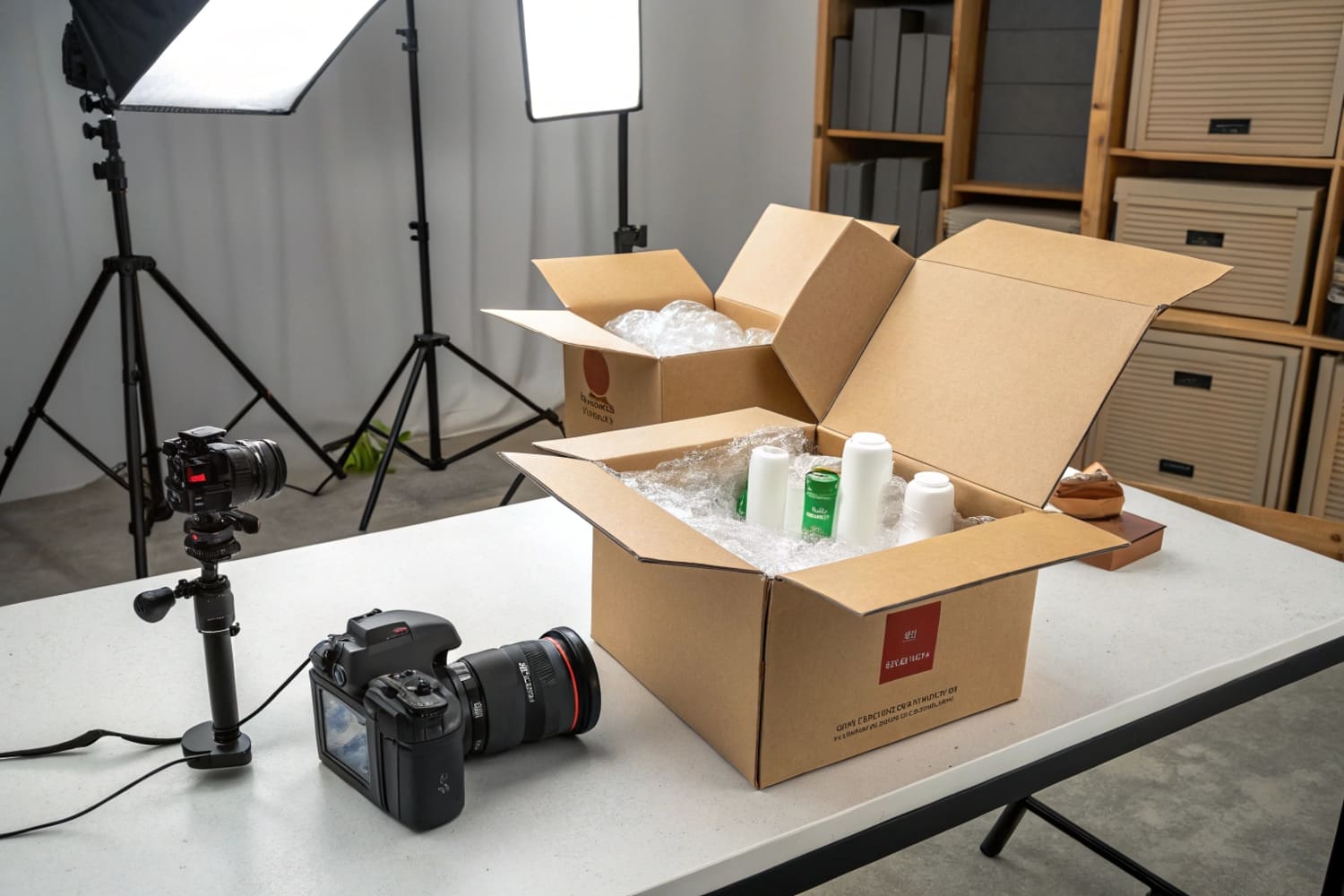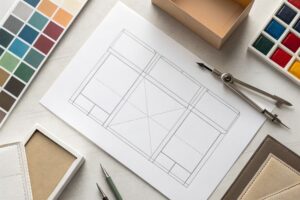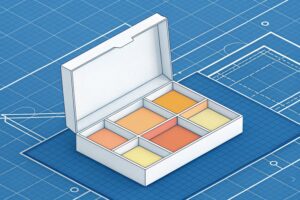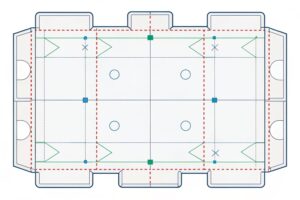I sell fast. I ship fast. I need tools that work. Cardboard boxes help me save money and win shelf space. They also help my team work with speed.
Buy cardboard boxes because they lower costs, protect goods, boost retail impact, speed launches, support sustainability, and scale from samples to mass orders with reliable quality.
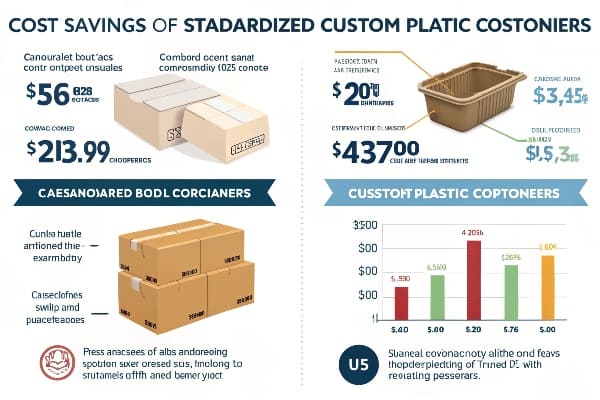
I run PopDisplay in Shenzhen. I serve B2B buyers in the US, Canada, the UK, and Australia. I test strength. I test transit. I print clean colors. I deliver on hard deadlines. Here is what I learned.
What are the advantages of cardboard boxes?
I face price pressure in every quote. I also face tight schedules. I choose materials that balance cost, speed, and design freedom. Cardboard wins most days.
Cardboard boxes are light, strong for their weight, easy to print, fast to prototype, cost-efficient at scale, recyclable, and simple to flat-pack for lower shipping fees.

How I break down the advantages
I look at value in a simple way. I ask how a box helps me ship, sell, and save. I run three steps. I design. I sample. I scale. I keep this loop tight, because my buyers move fast. When a US buyer like David from a hunting brand needs a seasonal floor display, I must ship within weeks. Cardboard1 lets me do that. Digital print makes short runs easy. Flat packs lower air freight. Recycled liners help sustainability teams sign off. I control color with proofs and spectro checks. I lock strength with ECT and drop tests. I also lock consistency by fixing board grade in the PO. Here is the quick view.
| Advantage | What it means | Why it matters |
|---|---|---|
| Cost | Lower material and print setup | Better margins and sharper prices |
| Speed | Fast die-cut and digital print | Hit launch windows and promos |
| Flex | Cut, fold, slot, glue with ease | Fit to product and retail rules |
| Weight | Light but sturdy | Lower freight and easier handling |
| Green | Recyclable2 and often PCR | Meet buyer ESG targets |
| Flat-pack | Ships and stores flat | Save space and reduce damage |
I tested many board grades. Single-wall corrugated still covers most jobs. I add nano-coating only when needed. I keep designs modular. I reuse parts across programs. This keeps cost low without hurting looks.
What is the purpose of a cardboard box?
I see a box as more than a shell. It moves goods. It sells goods. It tells a story. It protects the brand from factory to shelf.
A cardboard box protects products in transit, presents them on shelf, guides shoppers with graphics, supports compliance, and reduces total landed cost across the supply chain.
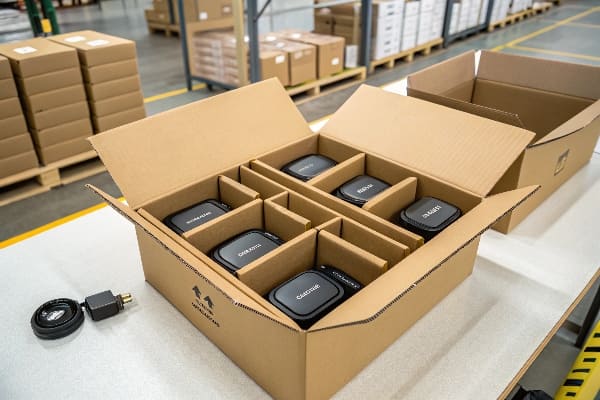
Where a box earns its keep
I track the full path from design to checkout. A good box cuts waste in the line. It loads on a pallet cleanly. It opens fast in store. It converts on shelf. It recycles after use. When David launches a new crossbow, he needs a shipper that becomes a PDQ tray or a sleeve that locks into a floor unit. I design tear-strips and tabs so staff can set up fast. I print bold fonts and clear icons. I add QR codes for specs and safety. I keep inks water-based. I test edges for stacking in humid warehouses. The purpose lives in every step.
| Stage | Box Role | Design Choice |
|---|---|---|
| Factory | Line flow and packing speed | Auto-lock bottoms, clear pack marks |
| Transit | Shock and crush resistance | Right ECT, corner posts, fit-to-pallet |
| Backroom | Fast find and open | Large SKU ID, easy tear |
| Shelf | Sell and explain | High contrast art, brand blocks |
| End-of-life | Recycle and sort | Mono-material, no plastic lamination |
I keep the purpose simple. Move. Protect. Present. Recycle. If any step fails, cost rises or sales drop. So I design for the whole path, not just the shelf shot.
What are the benefits of cardboard box play?
I watch shoppers touch displays. I also watch kids turn boxes into forts. Both show the same truth. Simple forms invite play. Play creates time with the product and the brand.
Cardboard box play builds creativity, problem-solving, fine motor skills, collaboration, and low-cost engagement for homes, schools, and in-store experiences.
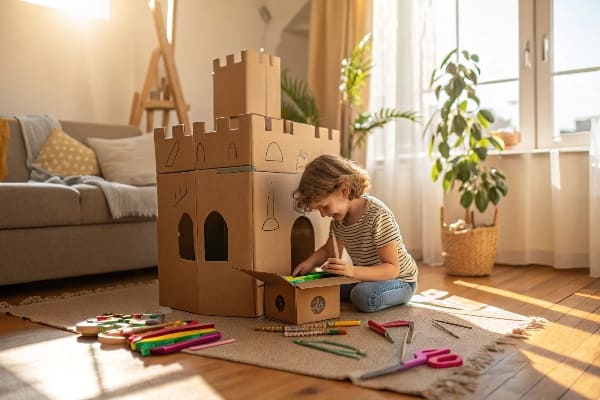
Why play matters in homes and in stores
I once ran a pop-up where we stacked offcuts into modular shapes. Shoppers stopped. They built small stands and frames. They asked about the products inside. The scene was simple, but it worked. In education, a box turns into a stage or a lab. In retail, a playful cutout turns a visit into a memory. I use rounded edges and safe slots. I keep inks non-toxic. I add simple build guides. This keeps both parents and store staff happy. It also keeps costs low. Cardboard makes play feel open. People can draw on it. People can fix it with tape. People can recycle it after the event. That lowers waste and keeps the brand message clean.
| Benefit Type | At Home or School | In Retail |
|---|---|---|
| Creativity | Role play, crafts, stories | Photo spots, AR markers |
| Skills | Cutting, folding, planning | Wayfinding, product trials |
| Social | Team builds and sharing | Group demos and workshops |
| Cost | Very low and repeatable | Low-cost in-store theater |
| Sustainability | Recyclable after play | Green message on site |
I plan “play zones3” into some PDQ trays and floor units. I add perforated tokens or small standees that kids can pop out. Staff can restock fast. Parents get a small keepsake that still recycles. The store gets longer dwell time and better sales.
Is cardboard business profitable?
Buyers ask me this often. My answer is honest. Profit is there. It comes from repeat orders and steady improvements, not from one big job.
Yes, the cardboard business is profitable when you control material specs, lock color, prevent transit damage, and build repeat programs that spread design time over many reorders.
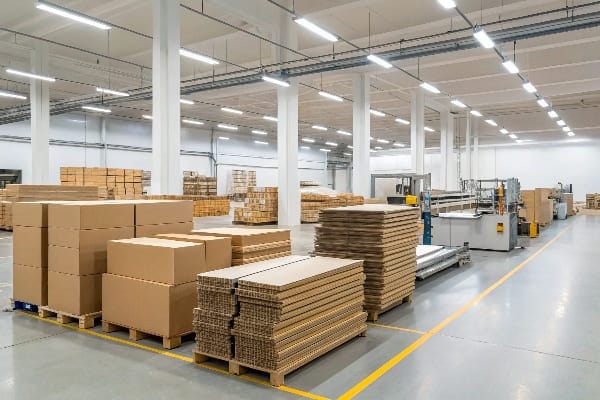
How I make the numbers work
I run three production lines. I quote with clear board grades, inks, and coatings. I fix tolerances in writing. I offer free design tweaks before the sample is locked. I lose a little on the first sample. I win on the reorders. My buyers return for seasonal promos, new SKUs, and bundle packs. I keep a library of die-lines to cut lead time. I avoid fake papers by using certified mills4. I audit color with targets and light boxes. I add pack tests to cut returns. I plan flat-pack5s to fill a container tight. I follow tariffs and adjust mix across regions. I also watch pulp prices and energy costs. I keep backup vendors for liners and flutes. This keeps supply steady and margin safe.
| Profit Lever | Action | Impact |
|---|---|---|
| Repeat Orders | Standardize dies and parts | Lower setup, faster turns |
| Quality Locks | ECT, drop, rub, color checks | Fewer claims and credits |
| Logistics | Flat-pack, fit-to-pallet | Lower freight per unit |
| Materials | Fixed specs and certified mills | Stable quality and pricing |
| Design Time | Free tweaks, paid rush when needed | Happy buyers, fair cash flow |
| Risk Control | Backup paper, dual printing | On-time even in spikes |
I sell to the US, Canada, the UK, and Australia. I meet strict deadlines for launches. I ship on time by booking early and packing smart. I focus on long-term trust. That is where the profit sits.
Conclusion
Cardboard boxes help me move faster, sell more, and waste less. They fit tight budgets and hard deadlines. They scale with me as I grow.
Explore the advantages of cardboard in shipping, including cost-effectiveness and sustainability. ↩
Learn how recyclable packaging can enhance your business’s sustainability efforts and meet buyer expectations. ↩
Explore this link to discover how play zones can enhance customer engagement and boost sales in retail settings. ↩
Explore how certified mills ensure quality and sustainability in production, enhancing your supply chain reliability. ↩
Learn about the advantages of flat-pack shipping, including cost savings and efficiency in logistics. ↩
